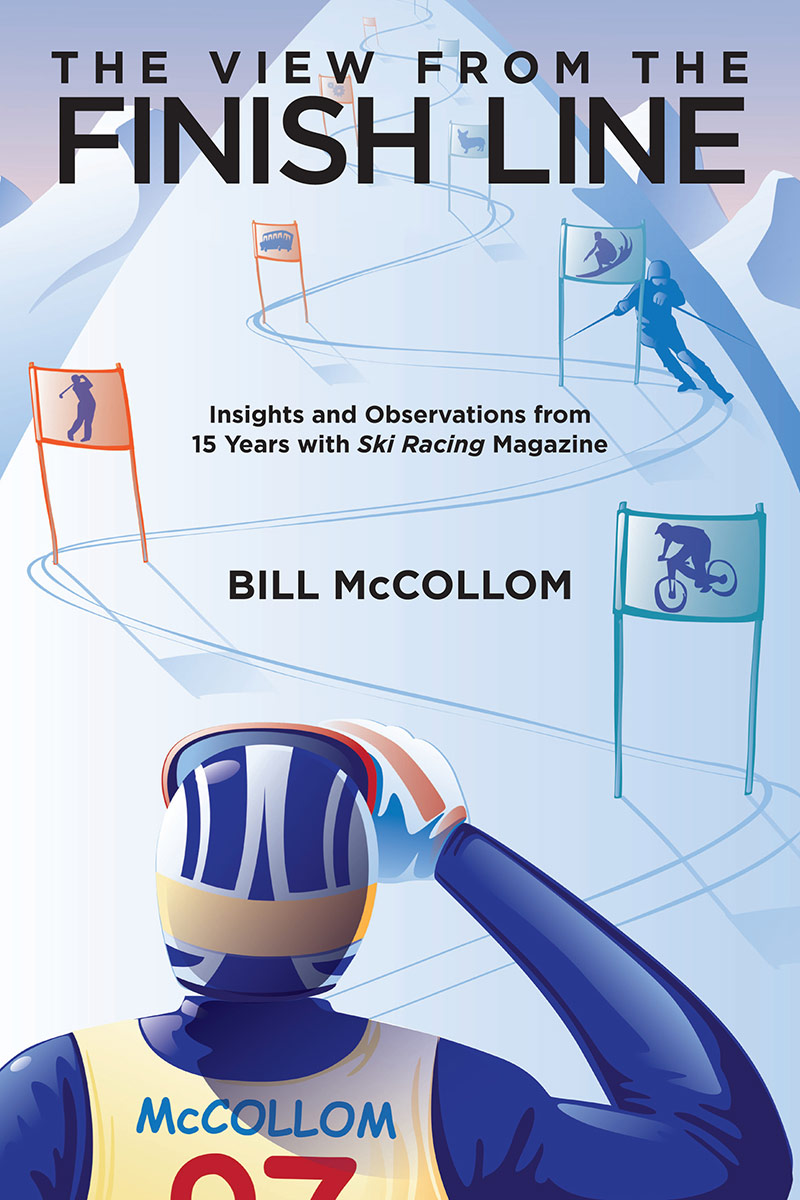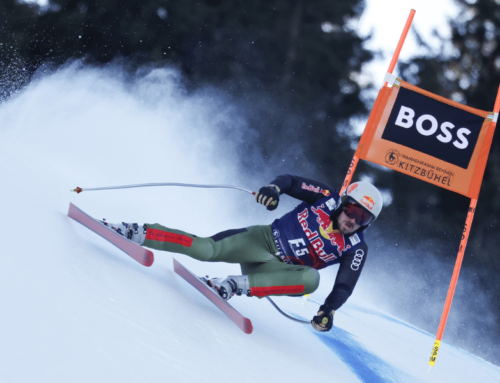A Wrinkle In Time: Why Rope Tows Rip
I had forgotten the rope was so heavy. After all, I hadn’t ridden a rope tow in some 50 years. But some things you never forget. Just squeeze the sucker until your gloves stop smoking, and then hang on. The rope tow was more than a means to rocket 350 vertical feet to the top of Northeast Ski Slopes; it was an opportunity to take a trip back in time. My portal to the past deposited me in the 1950s, when I suddenly became that second-grader once again with the wad of $1 tickets from Bunny’s Ski Tow flapping from my baggy pants, hitting all the jumps and snapping my friends off the rope. But the time-tripping tow didn’t stop there. I zoomed through the ‘40s, before finally stopping in December of 1936.
At that time, members of the Bradford Winter Sports Club were busy installing this country’s second tow at the foot of a 300-acre cow pasture in East Corinth, Vt. An aging Reo station wagon powered the 1,500 foot rope tow; a harrow drawn by a team of horses did the grooming; and the oldest continuously operating ski area in the country was up and running.
The old Reo has been replaced several times over, as have the volunteers from the local communities who have overseen the operation. But every Wednesday, weekend and holiday for the past 70-plus years, the old engine at the foot of Northeast Ski Slopes has sputtered to life for the purpose of introducing skiing to generations of local youngsters, who couldn’t otherwise afford the sport.
After putting up $3 for an afternoon ticket, I chase after my guide for the afternoon, Nicole Josler, a perky eighth grader at the local Waits River Valley School. She’s one of the 40 or so elementary school schuss-boomers who take advantage of the Wednesday early-release program. With no poles (“never use ‘em”) and no jacket (“not cold enough”) Nicole leads me down Pig Skin, Waterfall, and Back Trail all in a tuck, taking air off every fold in the snow, including “Stump Jump” and “Tarzan.” We dodge other pint-sized skiers, open streams, stumps and branches sticking through the thin snow cover, until we have straight-lined all four loosely defined “trails.”
“Skiing’s one of my all time favorite things to do,” explains Nicole, whose grandfather runs a farm on the backside of the ski slope. “I’ve never taken any lessons; just figured it out myself.” Like most of the kids making laps on the tow, Nicole learned to ski here and has only once been anywhere else — the Dartmouth Skiway, about 40 minutes down the road. Her equipment is vintage ‘90s, which seems to be the decade of choice for most on the hill. The only incongruity to Nicole’s outfit is a spiffy gray helmet. “I got the helmet from the parking lot,” she says, and then adds, “I got my skis from a swap here, got the gloves here, and I got the boots from Wayne’s Garage.” Mind you, the gloves are work gloves covered with duct tape.
The World Cup, Bode, Lindsey — all might as well be from another galaxy, but Nicole has enjoyed the taste of competition. “Yeah, I was fourth in the big air contest last year,” she proclaims. Lest I think that’s the only excitement on this hill, she adds, “We also have a skier and boarder-cross race, pond skimming, and of course, there’s the lollipop races.”
Nicole is well aware that the ski area has some history behind it, although she’s not too concerned with the details. “Yeah, it’s really old,” she notes. Nicole is also aware that most of the parents looking after the smaller children on the baby rope tow also learned to ski here, and she’s heard all the stories about John Pierson.
I find John in a small heated room next to the roaring 1980 Ford engine that drives the tow. With one hand resting on the kill-switch, he stares up the hill at the youngsters, who grip the rope with all their might and then let out a hoot as they accelerate from 0 to 18 mph in the span of one second.
“I was born and raised on a farm about half a mile down the road,” explains John. “And I had this service station — ran that for 50 years. And so when I was young I had five children and couldn’t even afford the lift tickets then. And so I made a deal to do the mechanical work for a season’s pass for my family. That was probably in 1950, and I’ve been doing it ever since. I guess this is kind of my hobby.”
John, along with other volunteers, spearheaded a fundraising drive for the first major change to the area in 70 years — a new T-bar. Well, it’s not new. The lift was originally built in 1963 and purchased from Bradford Ski Area in Massachusetts. After all, if the area is going to stay open another 70 years, it will have to keep up with the times.
But given the depth of the spirit of volunteerism and the long-term assurance of youthful exuberance, it seems like a safe bet. John explains, “It means so much to the kids — something healthy to do. If they didn’t ski here, they wouldn’t be skiing.”
If you’re planning a trip to Northeast Ski Slopes, it’s just north of Goose Green and south of Topsham. Maybe John will crank the tow up to 18 mph, and Nicole will be around to take you down Back Trail.

Note: This piece originally ran in February 2006 and is reprinted with permission from Bill McCollom. Read this and many more original takes on the sport in “The View from the Finish Line,” a 222-page paperback collection of McCollom’s contributions to Ski Racing, now available for $20 from Enfield Publishing.





















